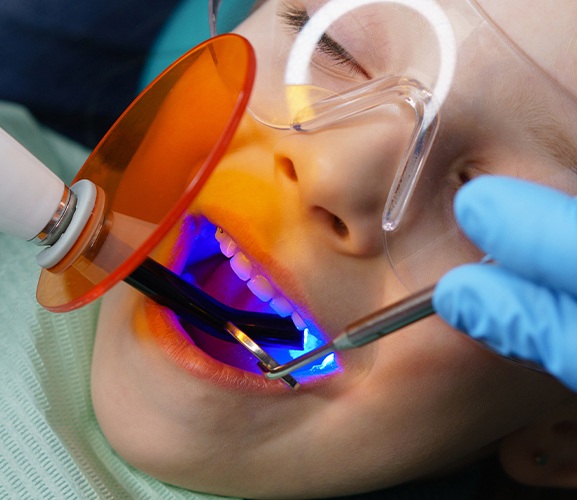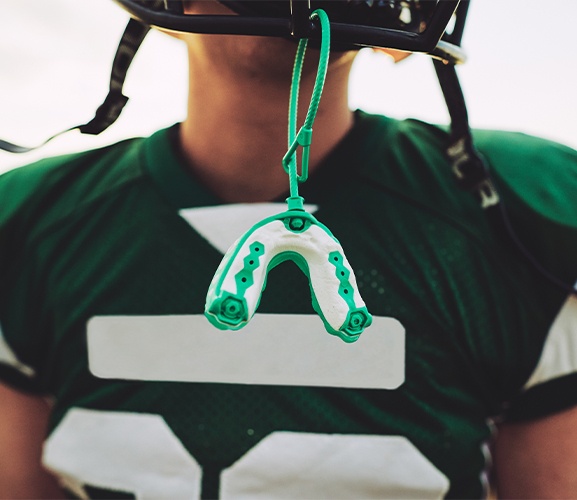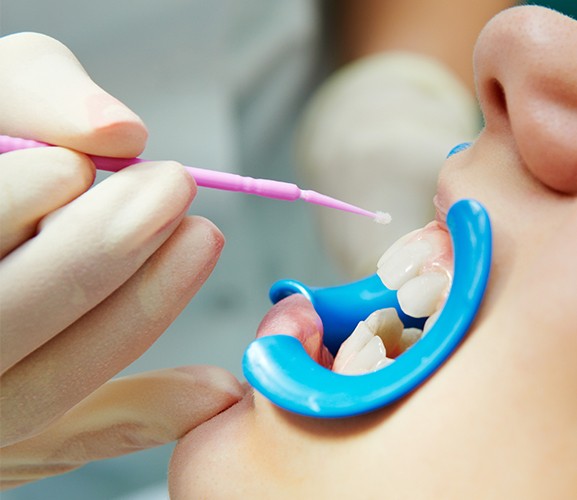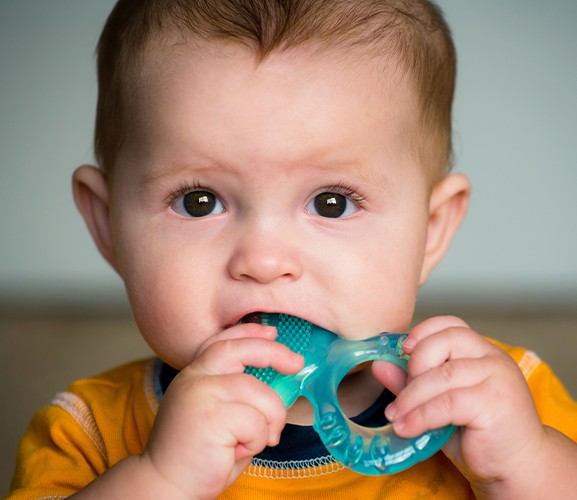Children’s Dentistry – Dallas, TX
The Best of Care
for Your Little Flyers
Our entire team strives to provide high quality pediatric and family dental care in a nurturing environment where little ones can feel safe and comfortable throughout the whole process. We work alongside parents to build trusting relationships so that our youngest patients grow up with grins that they can enjoy for years to come. To schedule your child’s next appointment for children's dentistry in Dallas, TX at Avion Dental & Orthodontics, get in touch with us today.
Why Choose Avion Dental & Orthodontics for Children’s Dentistry?
- Full Menu of Child-Friendly Treatments
- A Convenient In-Office Payment Plan
- Comfortable, Fun, & Unique Dental Office Environment
Your Child’s First Visit

During your child’s first visit, we’ll talk to them and explain everything we’re about to do beforehand. We recommend talking to your little one ahead of their appointment so that you can let them know what to expect as well. Our goal is to help your child enjoy their visit as much as possible so that their first checkup goes smoothly. This also helps ensure that follow up visits will be positive and enjoyable.
Dental Sealants

Teaching your child to brush their teeth is not without its pitfalls. It can be hard for young kids to reach every nook and cranny of their mouths with their toothbrush. However, dental sealants can be placed on the teeth that are at the highest risk of decay. These are the molars and premolars in the back of the mouth, which have pitted grooves that can trap food particles and attract decay-causing bacteria. By placing a thin, clear layer of plastic on the enamel, we can make it more difficult for bacteria to attack the teeth by literally creating a seal between the tooth’s surface and the bacteria. As a result, dental sealants lower the risk of cavities until your child is more capable of cleaning their mouth as thoroughly as possible.
Who Is a Good Candidate for Dental Sealants?

We usually recommend that children receive dental sealants soon after their molars first come in, which typically occurs at the age of six. It’s important that any existing decay in those teeth be addressed before placing sealants. By applying sealants at an early age, their vulnerable back teeth will be protected from cavity-causing bacteria for many years. At that point, your son or daughter should have fully mastered how to brush and floss their teeth.
Adults can also benefit from dental sealants, particularly if they have a high risk of tooth decay. However, there is a chance that you won’t be a good candidate if your molars already have decay or fillings. Your eligibility for sealants can vary, so it’s important to consult with your dentist in Dallas about whether this treatment is suitable for you.
The Process of Applying Dental Sealants

Dental sealants are simple and painless to apply. The process takes only a few minutes, and it can be easily completed after a routine dental cleaning. No matter the patient’s age, placing dental sealants involves these basic steps:
- Thoroughly cleaning and drying each of the teeth that will receive sealants.
- Applying an acidic gel to the tooth’s surface, roughening the enamel to allow for a stronger bond with the sealant.
- Rinsing off the gel.
- Drying the tooth again.
- Carefully applying the sealant onto the grooves of the tooth’s chewing surface.
- Hardening the sealant within seconds by shining a special ultraviolet light onto it.
The entire process shouldn’t take more than half an hour, and it can save you quite a bit of time and money down the road by avoiding cavities and their associated treatments.
How Long Do Dental Sealants Last?

On average, dental sealants tend to last between five and ten years. So, they can make a world of difference for a child who is still learning to properly brush and floss their back teeth. The sealants will need to be evaluated during each checkup, as they can chip or wear down over time. During these visits, we can determine whether you or your child could benefit from reapplying sealants.
Pulp Therapy

Call us right away if your child experiences constant unexplained oral pain, shows sensitivity to warm and cold foods, or exhibits swelling or redness of the gums. Even if your child’s tooth looks OK, the pulp within could be injured or infected. Depending on the extent of the problem, we may need to remove part or all of the pulp. Pulp therapy can be performed to heal both baby teeth and permanent teeth; its goal is to prevent unnecessary extractions so that your child retains their beautiful, natural-looking smile.
Athletic Mouthguards/ Sportsguards

There are few things more rewarding than seeing your child enjoy a sport they love – as well as few things more frightening than seeing them lose a tooth in a sports-related accident! Athletic mouthguards should be considered essential gear for any physical activity, not just those that are high-impact. Custom-fitted mouthguards are better at redistributing the force of sudden, unexpected blows, which is why you should always turn to our dentists when anyone in your family needs a mouthguard.
Silver Diamine Fluoride

Silver helps kill harmful bacteria while fluoride encourages the teeth to remineralize, meaning it replaces some of the materials they’re made of. When mixed together, they form a liquid substance that can prevent cavities from forming or growing to stop tooth decay in its tracks and protect the rest of the teeth. It’s commonly used to treat tooth decay in children so that there’s no need for uncomfortable, noisy dental drills before a filling is placed.
Non-Nutritive Habits

Thumb-sucking is a common habit in infants, and it’s perfectly harmless as long as it stops before a certain age. If it lasts past your child’s fourth birthday, intervention might be necessary before serious orthodontic problems can develop. We can discuss thumb-sucking and other non-nutritive habits during your child’s checkups, offering advice on encouraging your child to give them up if they don’t stop on their own.
